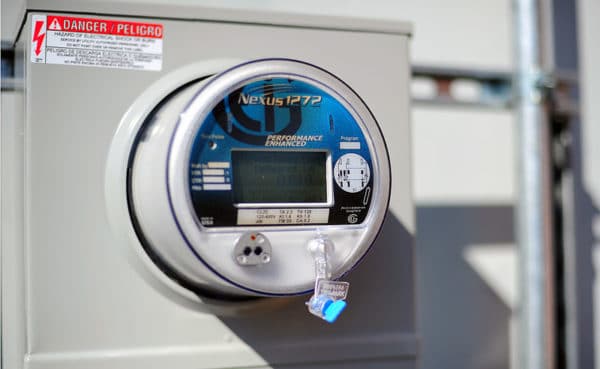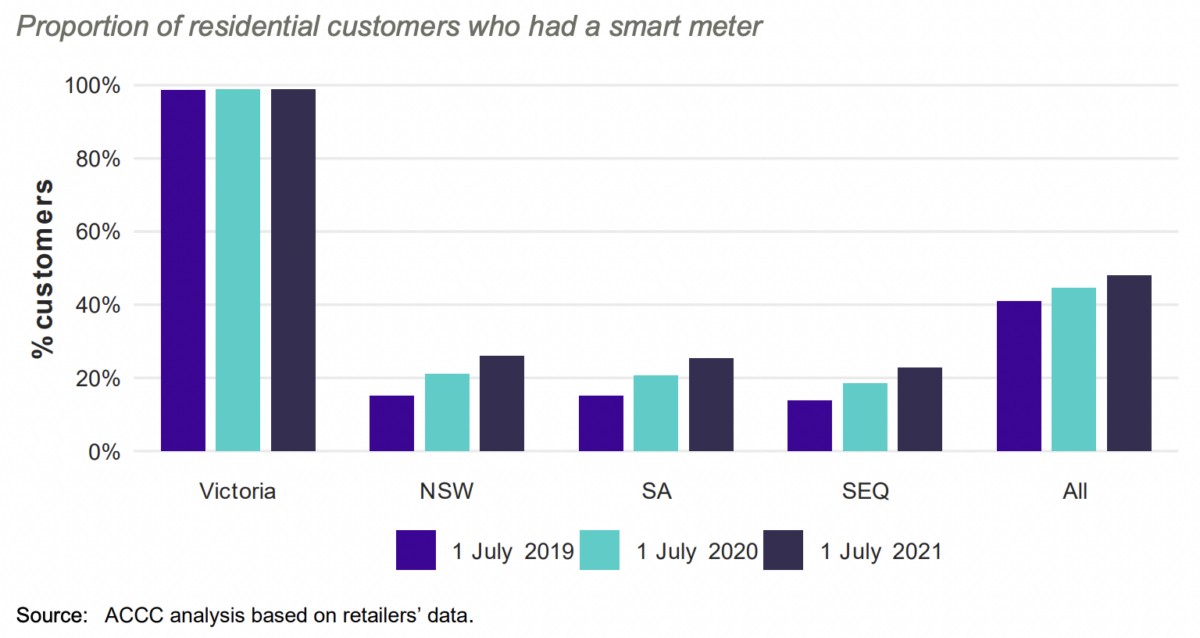Outside of Victoria, which completed its mandated rollout of smart meters in 2015, Australia’s smart meter uptake has been slower than expected, with only around a quarter of households across the eastern states using the technology as of 2021, with slightly higher figures in Tasmania.
On Wednesday, the Australian Energy Market Commission (AEMC) released the final recommendations from its review of smart meters, advising the roll out be prioritised but also more tightly regulated to improve customer experiences.
Specifically, the AEMC recommended new obligations be placed on retailers to provide “customer friendly” information prior to meter installations, adequate notice regarding any tariff changes, and a mandate on customer access to real-time data free of charge.

Image: Wikimedia
Its proposal suggests energy networks should lead a coordinated national rollout by developing a legacy meter retirement plan, with retailers overseeing upgrades to smart meters.
The recommendations also include the development of a communications strategy for the rollout to inform and assist consumers with their choices, and support for vulnerable customers with premises requiring remediation before a smart meter can be installed.
In its announcement, the AEMC flagged its independent review found that reaching a penetration of 100% of households by 2030 would provide net benefits to the value of $507 million for national electricity market regions, including New South Whales (NSW), Queensland, the Australian Capital Territory (ACT) and South Australia (SA).
More broadly, it deemed a quickened rollout would reduce household bills in the short-term and provide savings for all energy users in the longer-term. That is, the widespread uptake of smart meter technology would “pave the way” for advances necessary to reach net zero enabling the development of a two-sided energy market.
While smart meters offer consumers more opportunities when it comes to using and paying for energy, AEMC Chair Anna Collyer noted the current pathways for replacing smart meters have not necessarily led to positive experiences for all customers. “People deserve transparency and timely information about how they can make the device best work for them,” she said.
“Today’s final recommendations aim to address key customer pain points by providing better notice ahead of tariff changes to prevent “bill shock”, as well as guidance for customers about how they can use tariffs to save on their power bill.
Even though smart meters enable accurate time-of-use pricing, the Australian Competition and Consumer Commission (ACCC) found “a lag in the uptake of time-of-use pricing with large differences between regions” in its Inquiry into the National Electricity Market report in May 2022.
Despite the slow uptake, pilot programs have launched across Australia using smart meters as a mechanism to deliver load control or demand response services. In the south coast of NSW, a program launched in 2021 which uses smart meters to trigger the heating of hot water systems in periods when there is surplus solar power in the grid – in a sense creating a low-tech Virtual Power Plant (VPP) or energy storage system that doesn’t have additional hardware and software requirements.
While the program focuses on electric hot water systems, it could also be applicable for electric vehicle charging, batteries or other forms of load control.
The AEMC said its final recommendations take in feedback from extensive consultation with stakeholders and it will now work with energy advocacy bodies on next steps in the rule change process.
This content is protected by copyright and may not be reused. If you want to cooperate with us and would like to reuse some of our content, please contact: editors@pv-magazine.com.









That would be about right! AEMO pushes for more people to have access to smart meter data, pushing up the usage of this technology without considering the risk.
What is the risk that someone may misuse this data
What is the risk CHINA may misuse this data?